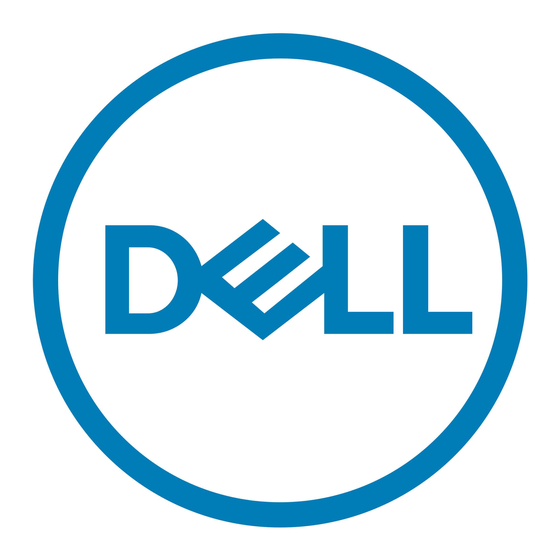LLDP Enhancements
Multiple Neighbor Support:
Multiple neighbors are supported on a single LLDP interface. The number of recognized neighbors is limited to two per
port or 834 LLDP neighbors on a fully stacked set of switches. There is no restriction on the number of neighbors
connected to an LLDP port. If more LLDP neighbors are present than are supported, then only the last two neighbors
that communicate with the local LLDP interface are recognized and any additional neighbors are ignored.
EEE Support:
Support is added to process/communicate the EEE TLV to partner devices. The EEE TLV is an 802.3 organizationally
specific TLV used to report on the EEE Data Link Layer capabilities.
LLDP-MED Support:
LLDP-MED uses LLDP's organizationally specific TLV extensions and defines new TLVs which make it easier to
deploy VoIP in a wired or wireless LAN/MAN environment. The LLDP implementation supports the following TLVs:
Mandatory 802.1AB TLVs
Chassis ID TLV (subtype shall default to MAC Address)
Port ID TLV (subtype shall default to MAC address
TTL TLV
MAC/PHY configuration/status TLV
End of LLDP PDU
Optional 802.1AB TLV
Systems Capabilities TLV
Power via MDI TLV
NOT recommended
Mandatory LLDP-MED TLVs
LLDP-MED Capabilities TLV
This TLV allows the network connectivity device to definitively determine whether particular connected
devices do support LLDP-MED and to discover which specific LLDP-MED TLVs the particular end point
devices are capable of supporting as well as what specific device class they belong to.
Network Policy TLV
This TLV allows the device to advertise its VLAN and associated Layer 2 priority and Layer 3 DSCP
attributes which apply for a set of specific protocol applications on this port.
Location Identification TLV
This TLV provides the advertisement of location identifier information Class II endpoint Devices. This is
expected to be related to wire map or similar network topology data, such that the configuration of the
network Connectivity device is able to uniquely identify the physical location of the connected MED
endpoint.
Extended Power-via-MDI TLV
This TLV allows for advanced power management between endpoints and network connectivity devices. It
transmits fine grained power requirement details. This TLV provides significantly more value than the
802.1AB Power via MDI TLV.
EEE TLV
The EEE TLV is used to exchange information about the EEE Data Link Layer capabilities. Devices that
require longer wake up times prior to being able to accept data on their receive paths may use the Data Link
Layer capabilities to negotiate for extended system wake up times from the transmitting link partner. This
mechanism may allow for more or less aggressive energy saving modes.
14
for transmission in order to conserve LLDPDU space.
System Firmware Version 4.1.0.6

